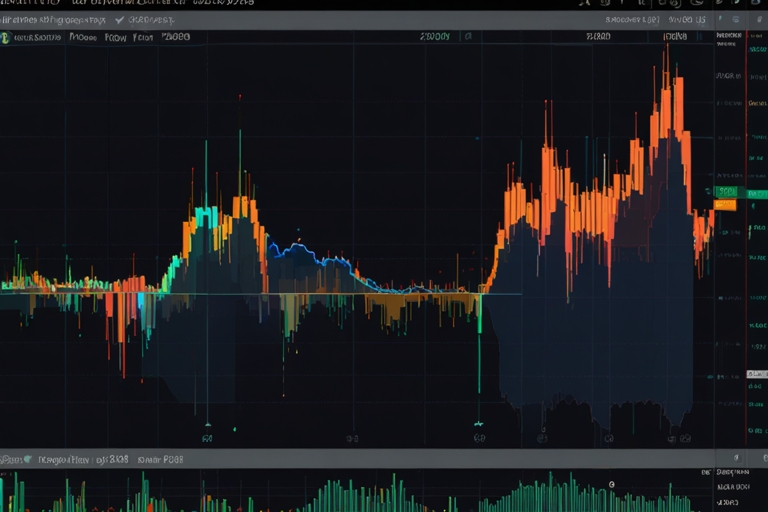
TL;DR:
- Bitcoin’s correlation with U.S. stocks has risen sharply, nearing historical highs.
- Correlation with gold and the U.S. dollar remains near zero, challenging Bitcoin’s “digital gold” status.
- Wall Street now treats Bitcoin as a macro-driven risk asset, heavily influenced by geopolitical and central bank developments.
- Bitcoin’s original anti-establishment appeal is fading as institutional involvement grows.
- Market volatility is increasingly tied to stock market trends rather than Bitcoin’s fundamental supply and decentralization.
Wall Street’s Growing Grip on Bitcoin
The phrase “Wall Street turns its attention to Bitcoin” has moved from a speculative warning to an accepted reality. Once heralded as an uncorrelated, anti-establishment asset, Bitcoin’s integration into traditional financial markets has shifted its price dynamics profoundly.
Institutions and political figures have cemented their presence in the digital asset sector, turning Bitcoin into a macro-sensitive instrument rather than a refuge from systemic risks.
Bitcoin’s Early Role as a Hedge Against Financial Crisis
Bitcoin’s early appeal was rooted in its resistance to traditional financial controls. A pivotal moment was the 2013 Cyprus banking crisis, where banks froze deposits over €100,000 due to exposure to real estate failures during the European debt crisis. Around 47.5% of uninsured deposits were seized.
Bitcoin reacted sharply, surpassing $1,000 for the first time as investors sought alternatives outside conventional banks (source).
Institutional Adoption Changes the Game
After the prolonged fallout from the Mt. Gox collapse, Wall Street’s entry into Bitcoin was widely seen as validation—signaling greater liquidity, broader adoption, and price maturity.
Yet this transformation brought new challenges: Bitcoin began moving in lockstep with traditional stock markets.
Bitcoin’s Correlation with Stocks Near Historic Highs
According to NYDIG Research, Bitcoin’s correlation with the S&P 500 index remains elevated at approximately 0.48, near the high end of its historical range.
Bitcoin’s correlation with the S&P 500, gold, and the U.S. dollar (NYDIG Research)
This means when U.S. equities fall, Bitcoin tends to follow—challenging the narrative that it is an independent or “safe haven” asset.
Bitcoin Correlations (Q2 2025)
| Asset | Correlation with Bitcoin | Source |
| S&P 500 (U.S. Stocks) | 0.48 | NYDIG Research |
| Physical Gold | ~0.00 | NYDIG Research |
| U.S. Dollar Index (DXY) | ~0.00 | NYDIG Research |
The Myth of “Digital Gold” Challenged
Bitcoin’s nickname as “digital gold” is increasingly questioned. NYDIG notes that Bitcoin’s correlation with physical gold and the U.S. dollar is near zero, undermining the idea of Bitcoin as a reliable hedge in turbulent markets.
Why This Shift Is Happening
Wall Street views Bitcoin as a risky asset, subject to the same macroeconomic and geopolitical forces as stocks.
The ongoing global environment—characterized by central bank policy shifts, tariff conflicts, and geopolitical tensions—drives investor sentiment and asset repricing across the board.
As NYDIG summarizes:
“The current correlation regime may persist as long as global risk sentiment, central bank monetary policy, and geopolitical flashpoints dominate market news.”
What This Means for Investors
For traders and investors, Bitcoin behaves more like a stock market asset than an independent store of value—at least in the short to medium term.
Long-term holders, or maximalists, may still believe in Bitcoin’s core virtues: limited supply, borderless accessibility, and decentralized control. However, these fundamentals are unlikely to immediately affect Bitcoin’s volatility or correlation trends.
Conclusion: Adapting to the New Reality
Wall Street’s dominance means Bitcoin is now a macro-driven risk asset. Traders should align strategies accordingly, recognizing Bitcoin’s price will likely continue mirroring broader market sentiment influenced by policy decisions and global events.
The original vision of Bitcoin as an anti-establishment hedge remains important, but it currently plays a more nuanced role in investors’ portfolios.






